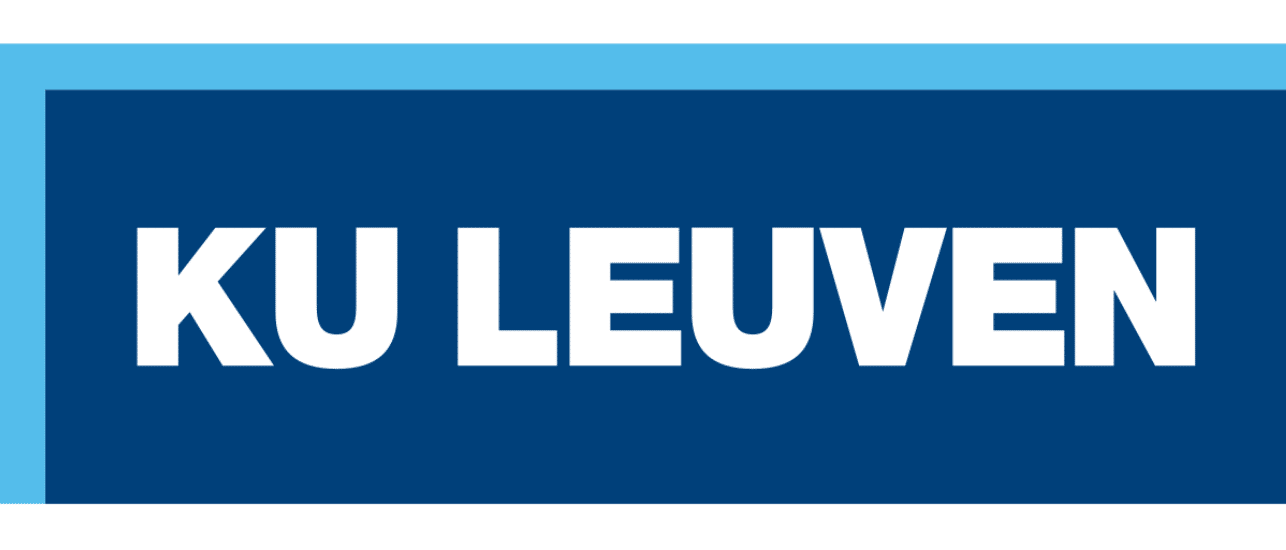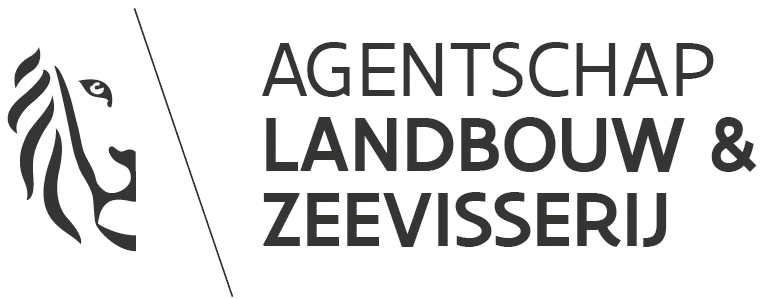Flemish pig farming is a highly performing sector that has to compete in difficult circumstances with a competitive world market. These difficult circumstances are strongly linked to the Flemish situation with, among other things, a high pressure on the environment that compels the sector and, by extension, the entire animal husbandry sector, to take action to reduce this pressure. Increasing the efficiency with which nutrients are converted into high-quality end products is an important step in this.
The main objective of this project is to demonstrate how differences in finishing boar genetics have an impact on the nutrient excretion/efficiency of a pig farm. To achieve this primary objective, it is necessary in a first phase to clarify the different calculation methods for the manure bank declarations after which the impact on the real excretion on the one hand and the manure bank declarations on the other can be demonstrated:
- Slurry analyses will be carried out on at least 10 pig farms to determine the correlation between the actual manure composition with the calculated manure composition according to the manure bank declaration. In addition, on the same 10 pig farms, the manure bank declaration will be calculated according to the classical regression method and the 'other feed and feeding techniques', in short, the AVVT method so that it can be shown which calculation method is best for the different farms and corresponding business models. For this aspect, pig farms with different farm strategies in terms of genetics will be selected (e.g. farms using finishing lines selected for growth versus one selected for more muscle).
- A demonstration will be set up where pigs from different genetic finishing lines will be fattened side by side and assessed in terms of technical performance and nutrient efficiency. To monitor this as accurately as possible, inputs of raw materials will be very strictly monitored by, for example, also monitoring water intake at pen level. In this way, a very thorough analysis of inputs and outputs of raw materials can be obtained. Specific objective is to record and calculate the real inputs (feed, water and stuffed pigs) and real outputs (delivered, dropped pigs and manure) using the AVVT method of the manure bank. In this way, the calculated and recorded values can be compared.
In a second phase of this demonstration project, progeny of boars with favourable and less favourable breeding values for nutrient efficiency will be used in a feed trial with reduced protein and possibly phosphorus levels. Lowering protein levels is already known today as a PAS measure that can achieve emission reductions of 5 to 20% depending on the degree of protein reduction. The more efficient porker genetics today should be able to perform well at the lowest protein levels making an emission reduction of 20% within reach for many farms. Moreover, this offers potential for the top performers to go the extra mile and achieve further ammonia emission reductions by further reducing the crude protein content of the feed.
Reducing nitrogen excretion rates obviously has an impact on nitrogen emissions by pigs. In both demo trials, the impact of those lower excretion rates on ammonia emission potential will be demonstrated. In addition, there will also be a calculated estimate of the emission potential on the inventoried field farms based on the data collected there. This, rather small, part of the project will give pig farmers more knowledge and insight into the potential of selection on excretion with a view to reducing their environmental impact.
Ultimately, the project obviously aims to sensitise farmers that nutrient efficiency is broader than a one-sided look at feed conversion. After all, fast-growing genetics produce more manure per stall per year with the same feed conversion than slower growers. Apart from the fact that this is also an economic cost, it is not always an advantage in terms of nutrient efficiency and nitrogen emission. Through an analysis of 10 pig farms supplemented with very simple demonstrations, this project wishes to disseminate tight and clear results to the sector on a topic that is insufficiently known in practice today.




